The General Dynamics F-111 Aardvark Fighter Bomber
September 23rd, 2023
6 minute read
If you’re driving down Interstate 30 in Arkansas from north to south as it runs through Texarkana, keep your eyes peeled just this side of town. On the right you can’t miss the giant gray airplane parked just off the road. This is an F-111A Aardvark. It serves to catch the eye and draw you in to Turner’s Army Surplus store.
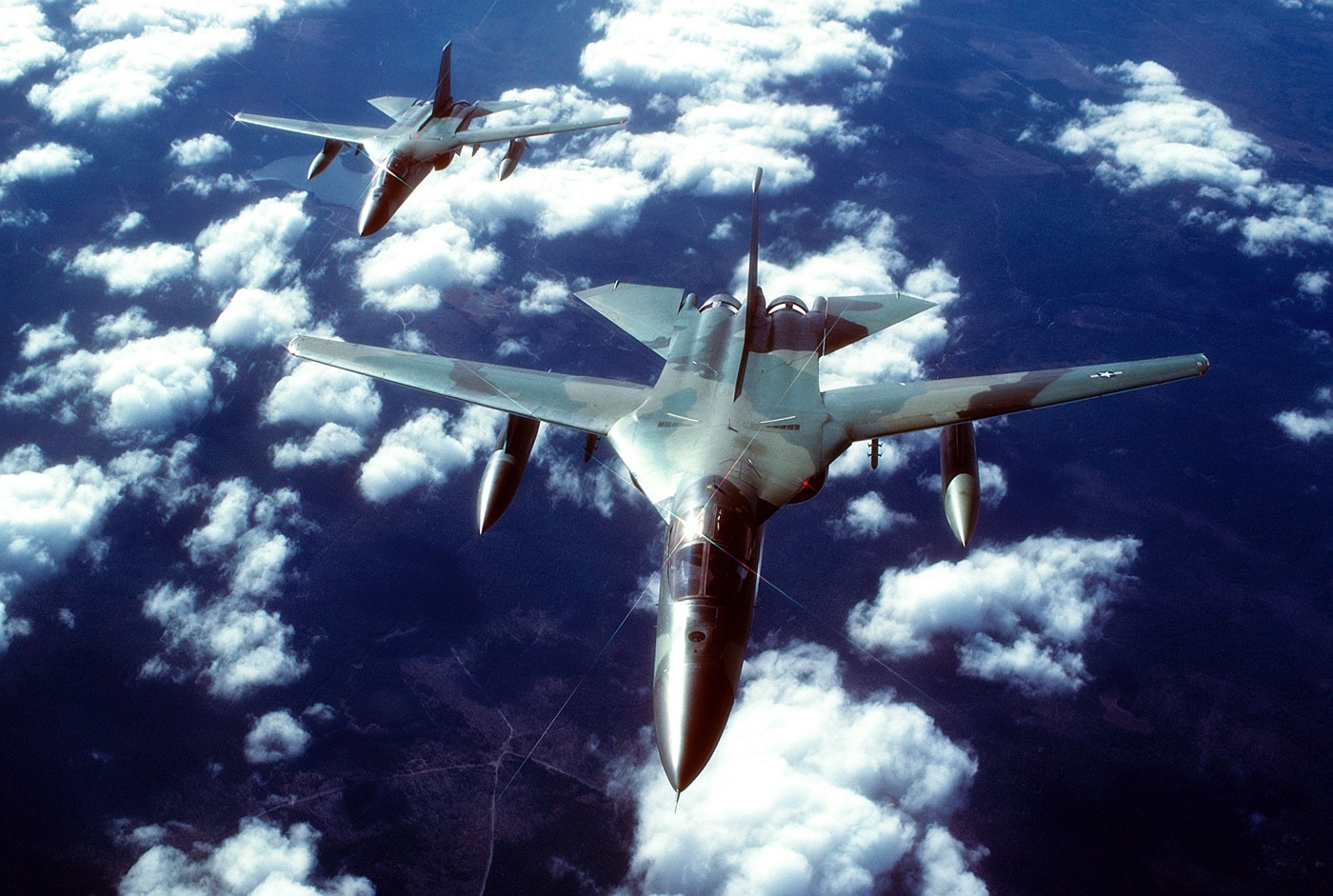
Turner’s Army Surplus is a throwback to a better time. It is chock full of musty old canvas, high-mileage fatigues, and sundry GI-issue ephemera. The inimitable smell of the place will bring those of us of a certain age back to the army surplus stores of our youth. What really sets Turner’s apart nowadays, aside from the relative rarity of the place, is that big old jet airplane. The F-111 fighter-bomber was one seriously cool ride.
General Dynamics and the Aardvark
Developed by General Dynamics as a swing-wing, multi-role attack and reconnaissance platform, the F-111 first flew in 1964. The F-111 saw extensive service with both the U.S. Air Force (USAF) and the Royal Australian Air Force. 563 airframes were produced, 76 of which were the FB-111 variant.
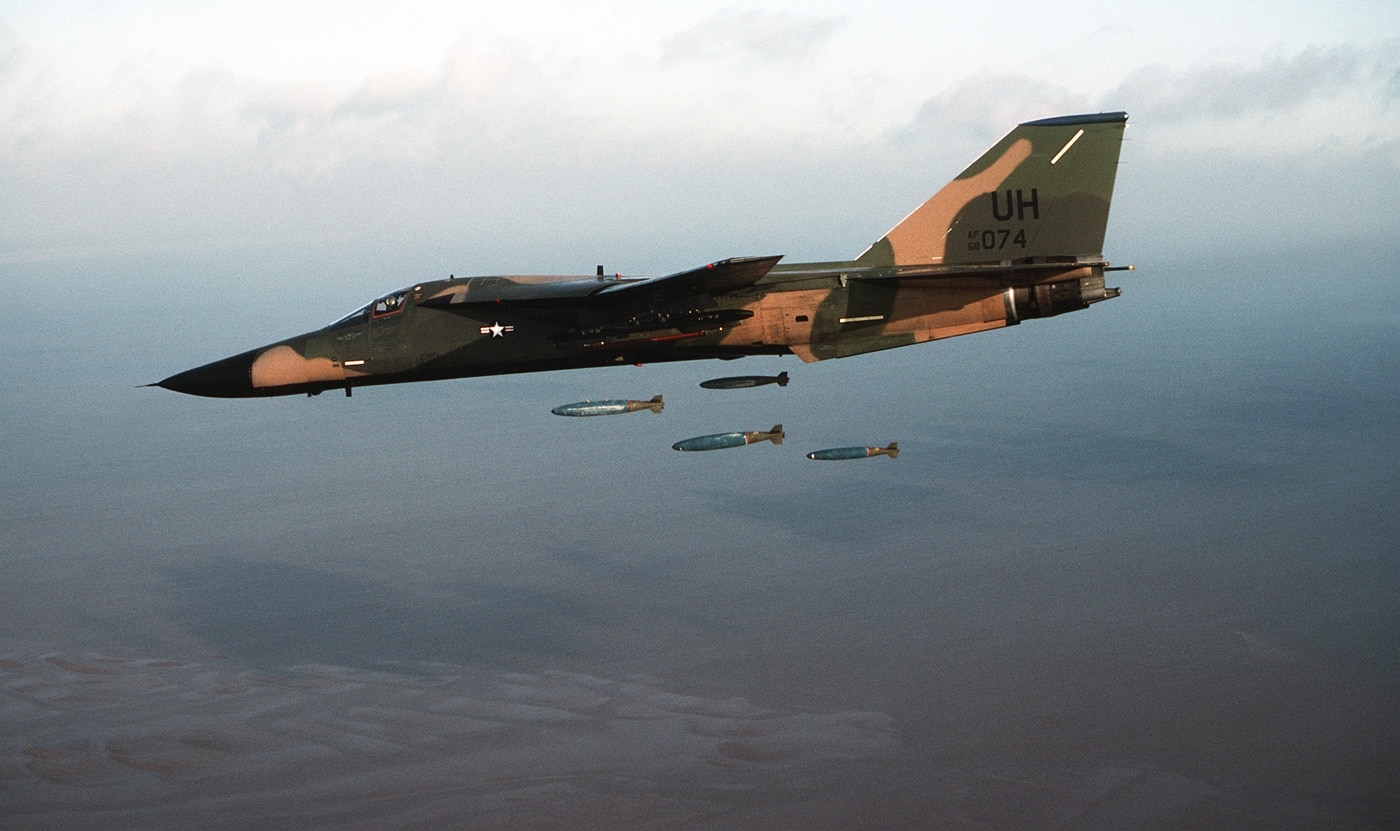
The F-111 was birthed as a result of the shootdown of Gary Powers’ U-2 high-altitude reconnaissance aircraft in 1960. The realization that the Soviets had developed effective high-altitude antiaircraft capabilities prompted a massive rethink in the tactics behind a hypothetical thermonuclear war. It was decided that we needed the capacity to penetrate defended airspace fast and at low level to deliver planet-wrecking nuclear weapons. Leading that charge was the Aardvark.
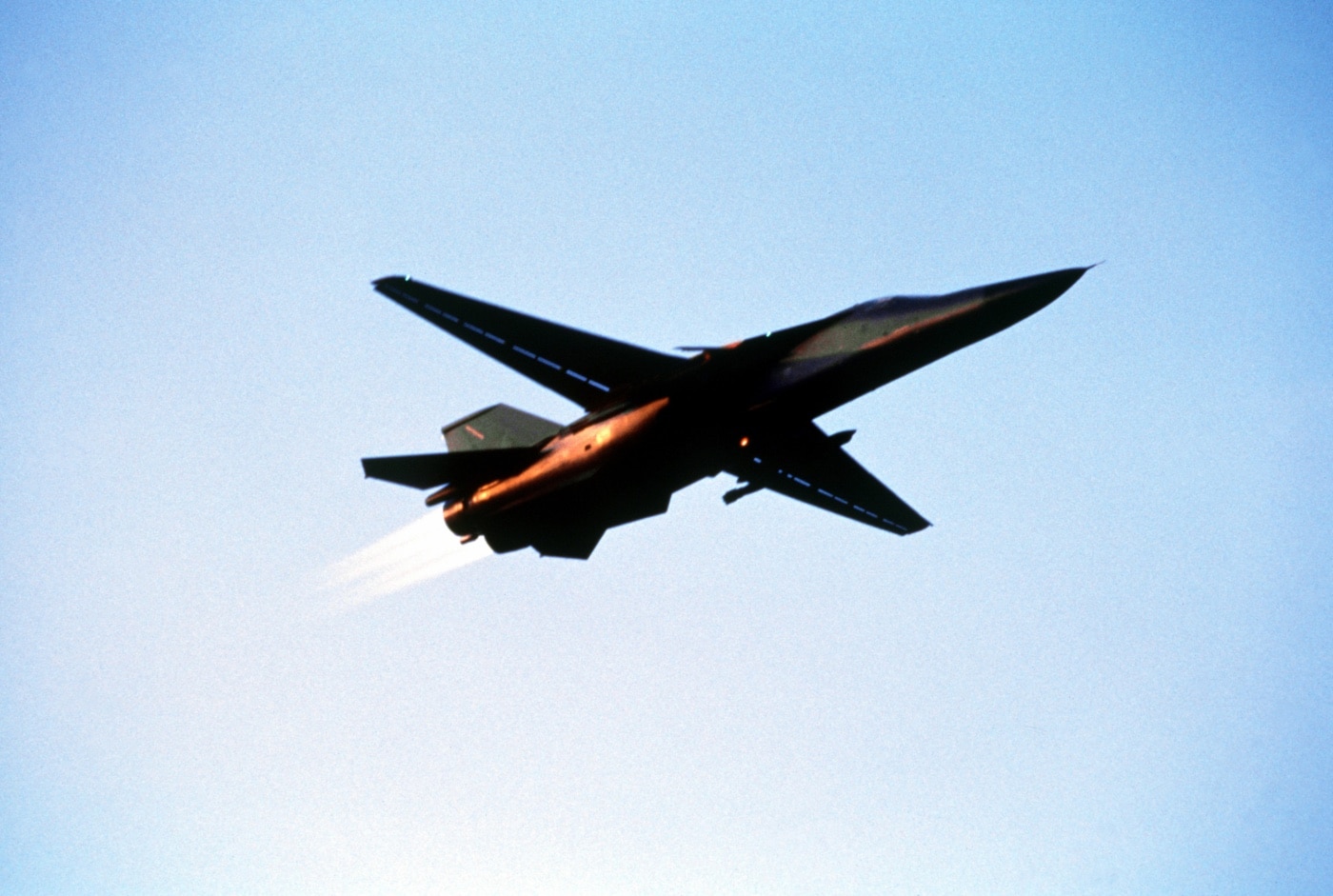
The F-111 pioneered a variety of technologies considered commonplace today. The combination of variable-geometry wings and twin afterburning turbofan engines gave the plane impressive performance both at altitude and down in the dirt. The ‘Vark was also one of the first combat aircraft to be equipped with terrain-following radar to allow it to fly low level in bad weather. It was indeed ground-breaking for its era.
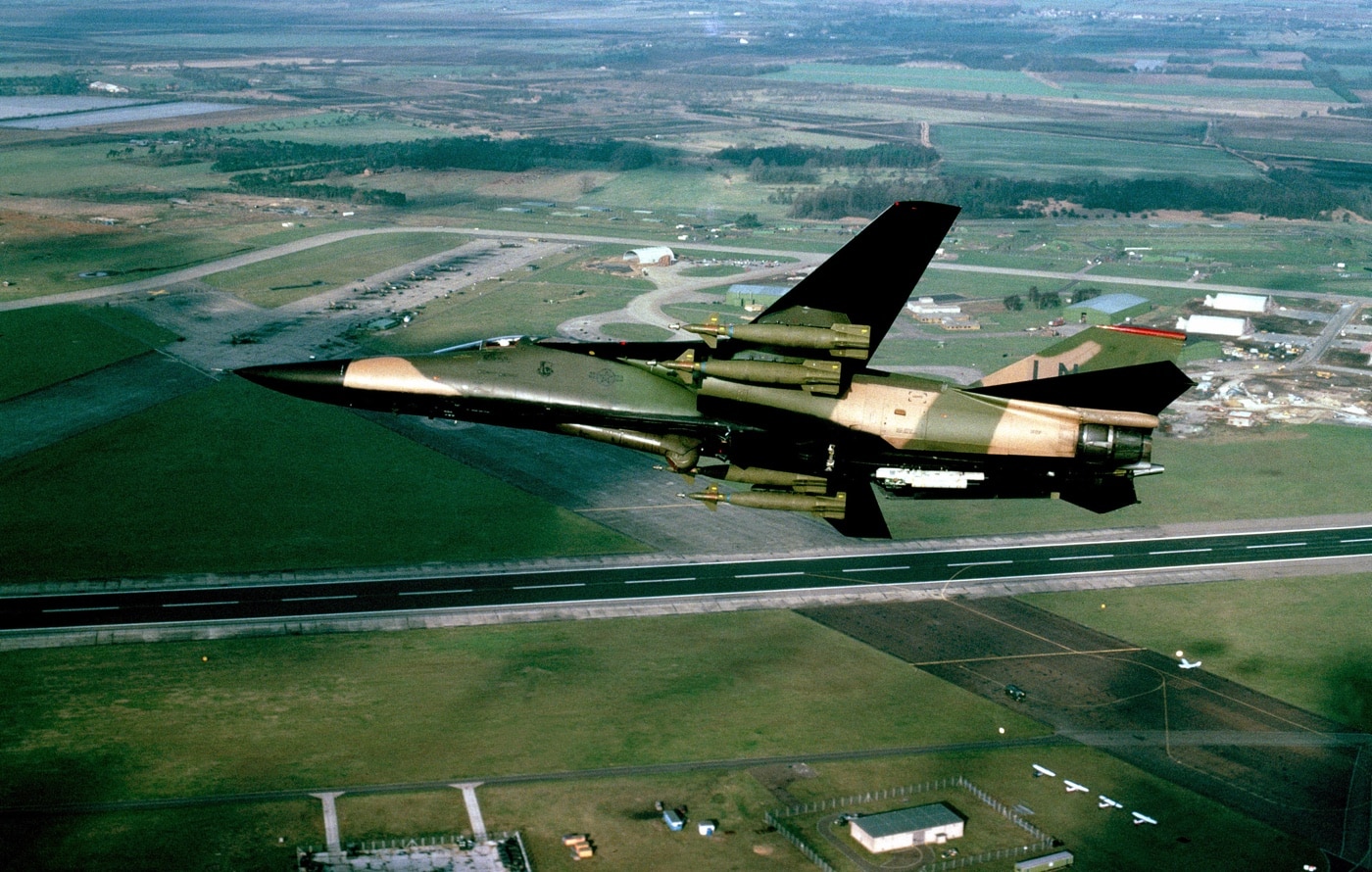
The plane was christened Aardvark based upon the way it operated most comfortably at low level. Like the African anteater that shared its name, the machine was most at home down in the dirt. Aardvark is an Afrikaans word that literally translates “Earth Pig.” The Aussies called the big plane “The Pig” as a result.
Technical Details
The details of the F-111 were codified as the result of interservice tension between the Air Force and the Navy. Each service had different requirements. The powers that be even struggled to determine if the big plane would be a fighter or bomber. The Navy eventually backed out of the project in favor of the F-14 Tomcat. Though I have never personally landed a jet airplane on an aircraft carrier, considering that the F-111 was some 73 feet long, that sounds hard. Though there have been several variable-geometry combat aircraft in service around the world since then, the F-111 was the first.
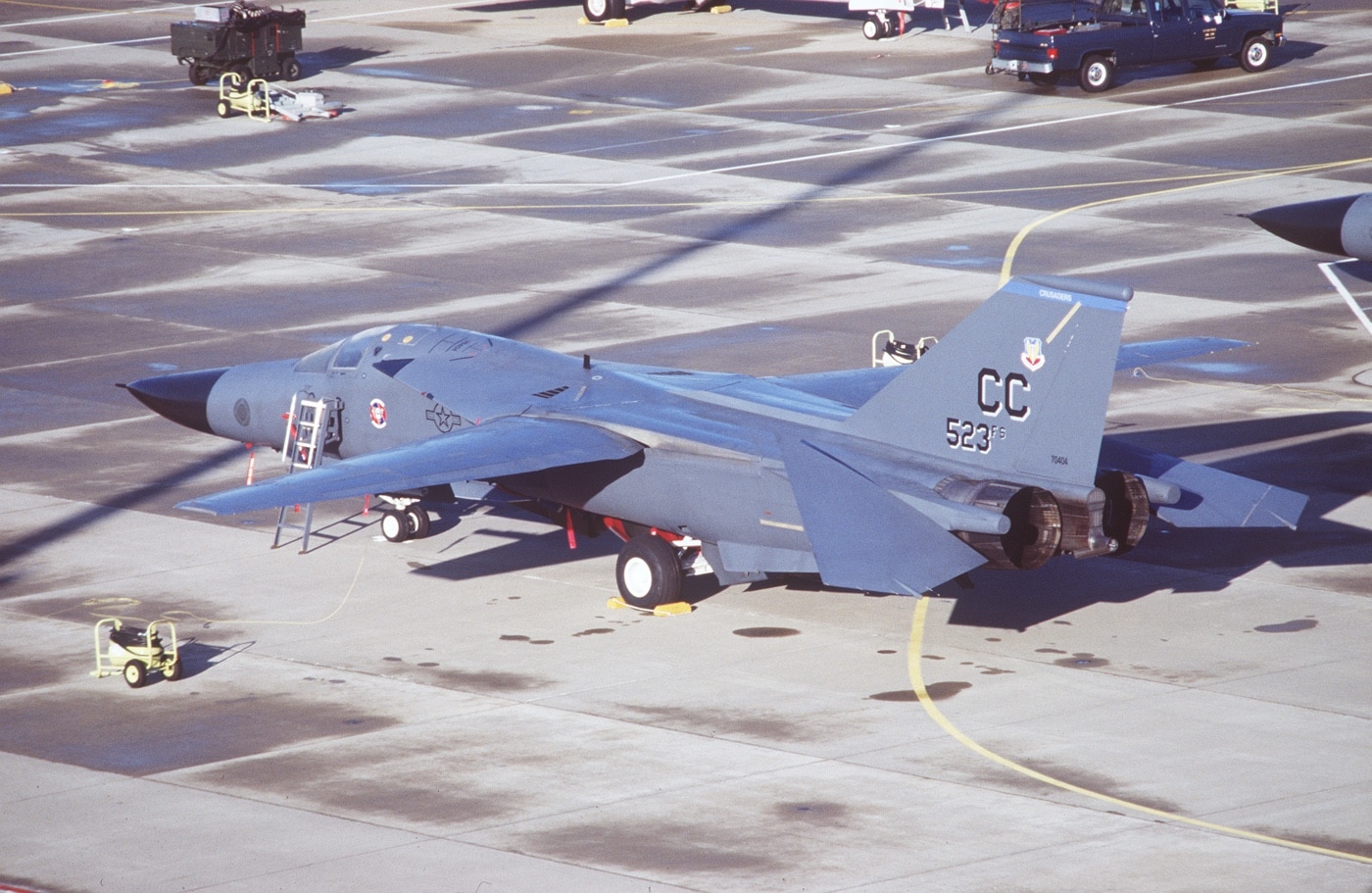
The definitive F-111F would carry up to 31,500 pounds of ordnance on a combination of nine external hardpoints and a single internal bomb bay. The plane had a maximum speed of 1,650 mph or Mach 2.5. Its range was 3,210 nautical miles.
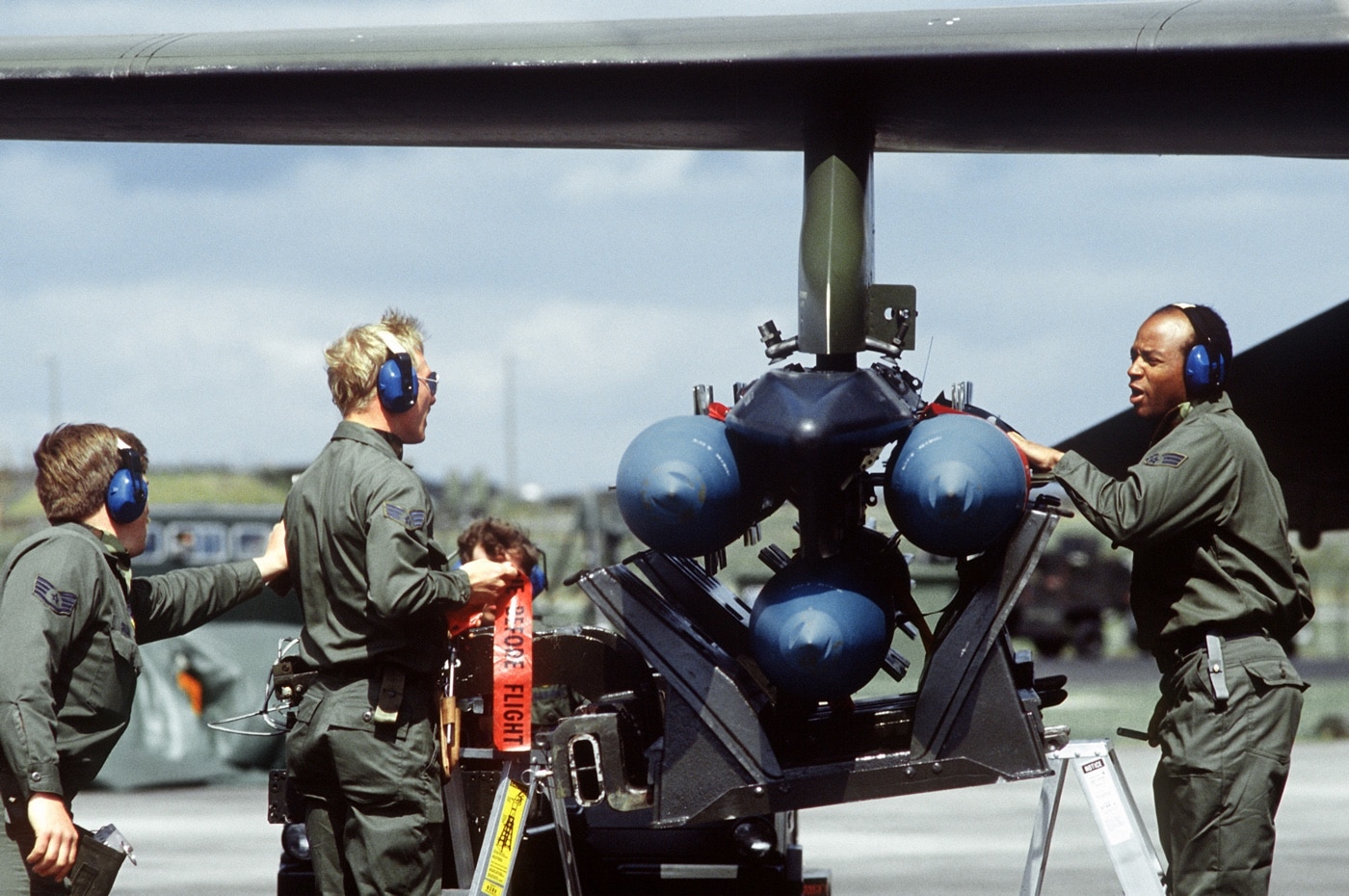
In addition to quite a lot of cutting-edge technology, the F-111 also employed a curious escape pod in lieu of ejection seats. In the event of a catastrophic aircraft emergency, the entire cockpit assembly would blow clear of the plane and descend via parachute. This assembly was even designed to float in the event of a water landing. The few times this system was used for real it worked OK, but not great. Aircrew injuries were common and, in one case, the thing did not seem to want to float upright. It was, however, nonetheless quite cool.
F-111F Aardvark Technical Specifications
- Length: 73.5′
- Wingspan: 63′ (extended)/32′ (swept)
- Max Takeoff Weight: 100,000 lbs
- Powerplant: 2x Pratt & Whitney TF30-P-100 afterburning turbofans
- Max Speed: 1,650 mph
- Armament: M61A1 Vulcan 20mm rotary Gatling gun that could be mounted in the weapons bay and 31,500 lbs of ordnance
F-111 Aardvark at War
The F-111 came online just in time to fly combat missions over North Vietnam. On its initial deployment in 1968, three aircraft were lost in a mere 55 missions. This abysmal performance prompted the Air Force to undertake a detailed analysis of the airplane. Deficiencies were noted and rectified. The F-111 did not see action in SE Asia again until Operation Linebacker II in 1972.
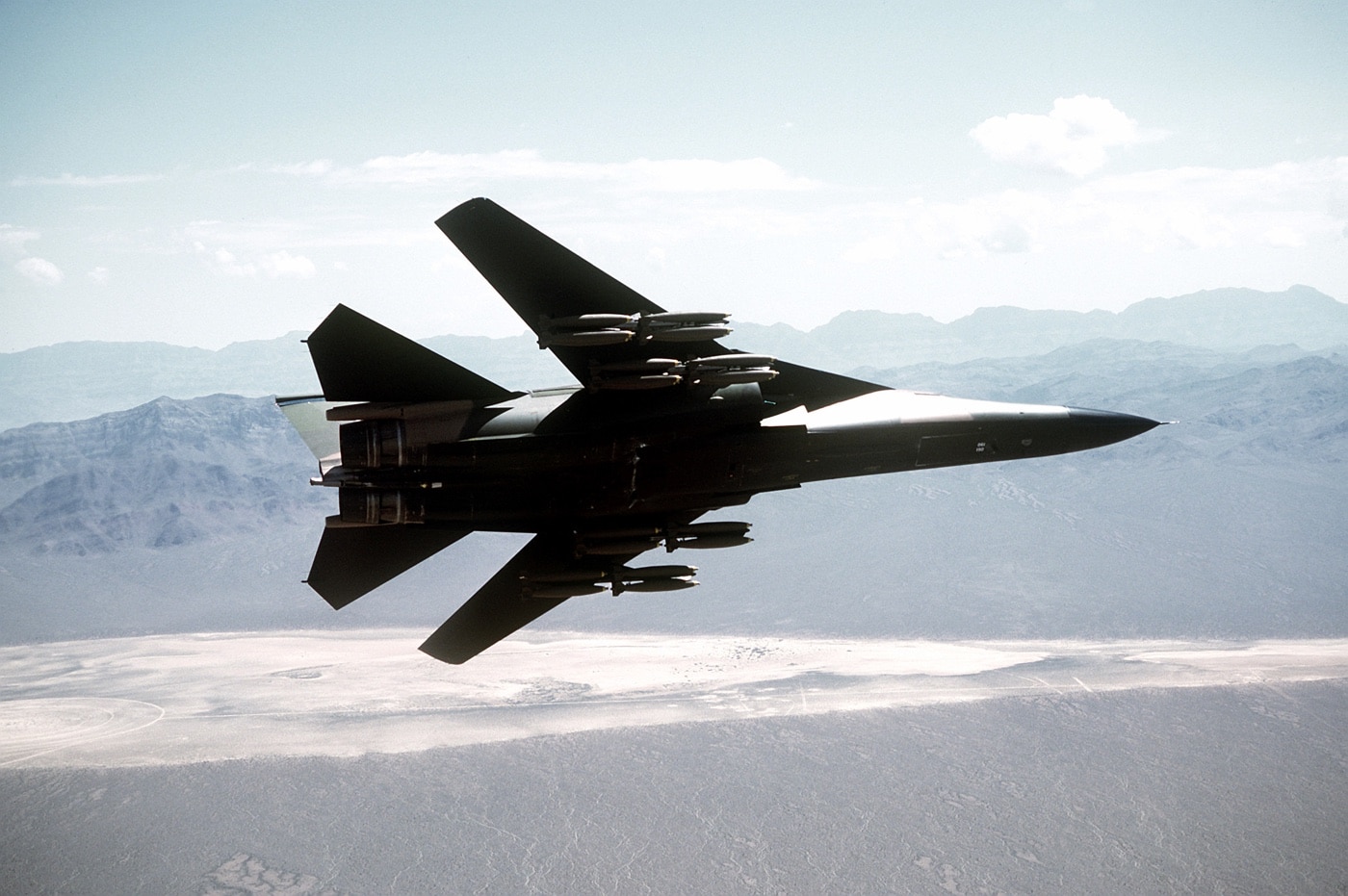
By then the terrain following radar had matured enough to make it safe and effective. A typical attack profile had the F-111 ingress at 480 knots and 200 feet. The ‘Vark carried four times the bomb tonnage of an F-4 Phantom II and could fly in weather than would ground lesser planes. By the end of the war the F-111 had flown 4,000 combat missions for the loss of six aircraft.
On Valentine’s Day 1986, a pair of FB-111’s sortied out of Tinker Air Force Base in Oklahoma on a high-speed mission to deliver a donor heart to a desperate recipient in Windsor Locks, Connecticut. 46-year-old Richard Reinhardt was going to die without this organ, and the heart only remained viable for some 3.5 hours outside a body based upon the technology of the day. Commercial aircraft just wouldn’t cut it.
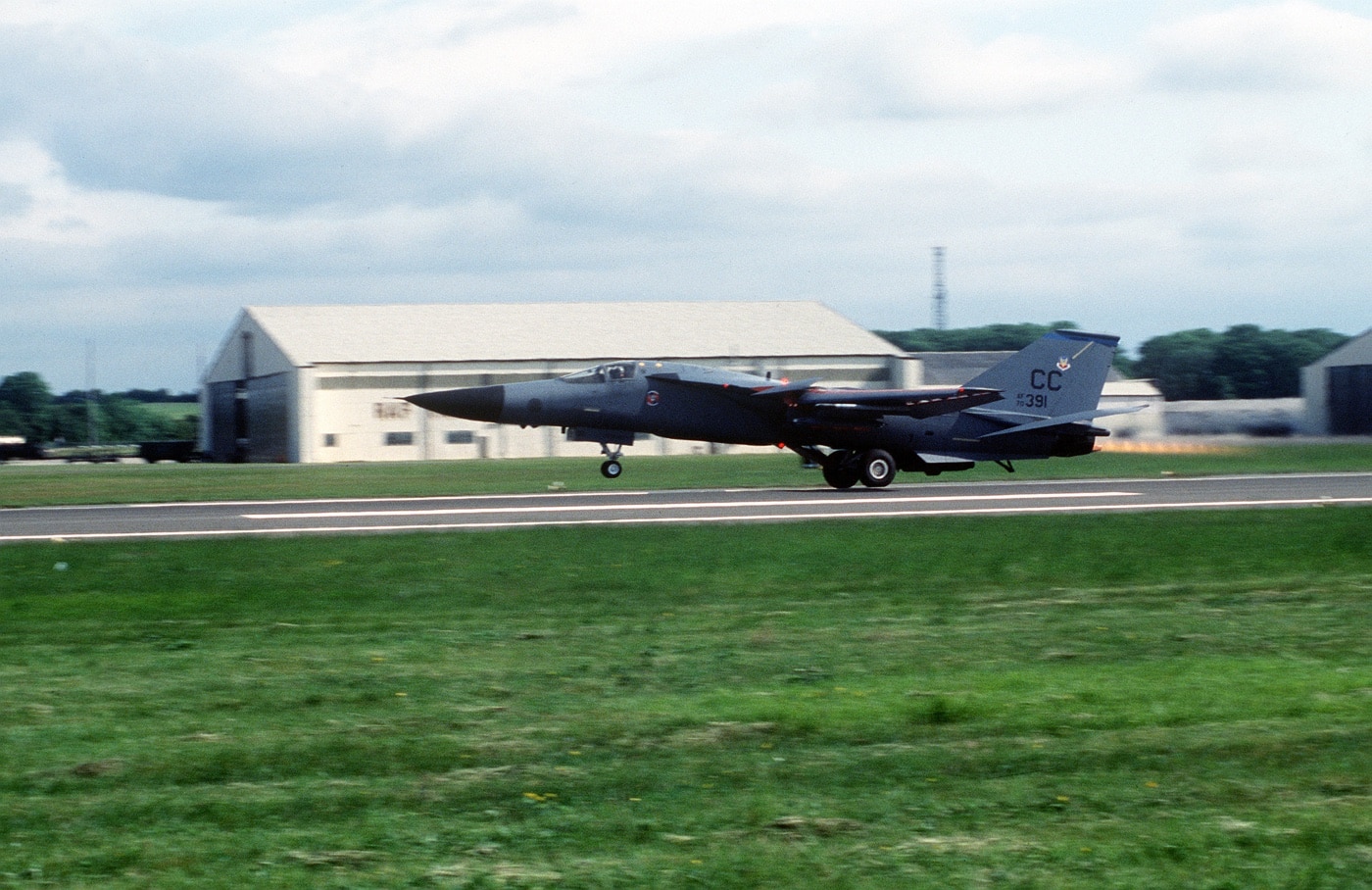
The planes took off at 0300 with the donor heart onboard one, swept back their wings, and lit the afterburners. The two Aardvarks topped off from a KC-135 tanker over the Midwest and then ran at 700 knots to Connecticut. The heart made it on time, and Reinhardt survived. That was undeniably cool, but the most famous combat mission involving F-111’s was Operation El Dorado Canyon–the mission to spank Muammar Gaddafi.
El Dorado Canyon
Gaddafi was behind the 5 April 1986, bombing of a Berlin disco that killed two American serviceman and injured another 79. President Ronald Reagan subsequently unleashed the U.S. military in response. On 14 April 1986, 18 F-111 Aardvarks launched out of RAF Lakenheath on what would be the longest combat fighter mission in military history. These 18 aircraft joined another 25 Navy carrier-based planes to attack a variety of targets in Libya. The round-trip mission for the ‘Varks spanned 6,400 miles and took 13 hours along with multiple aerial refueling operations.
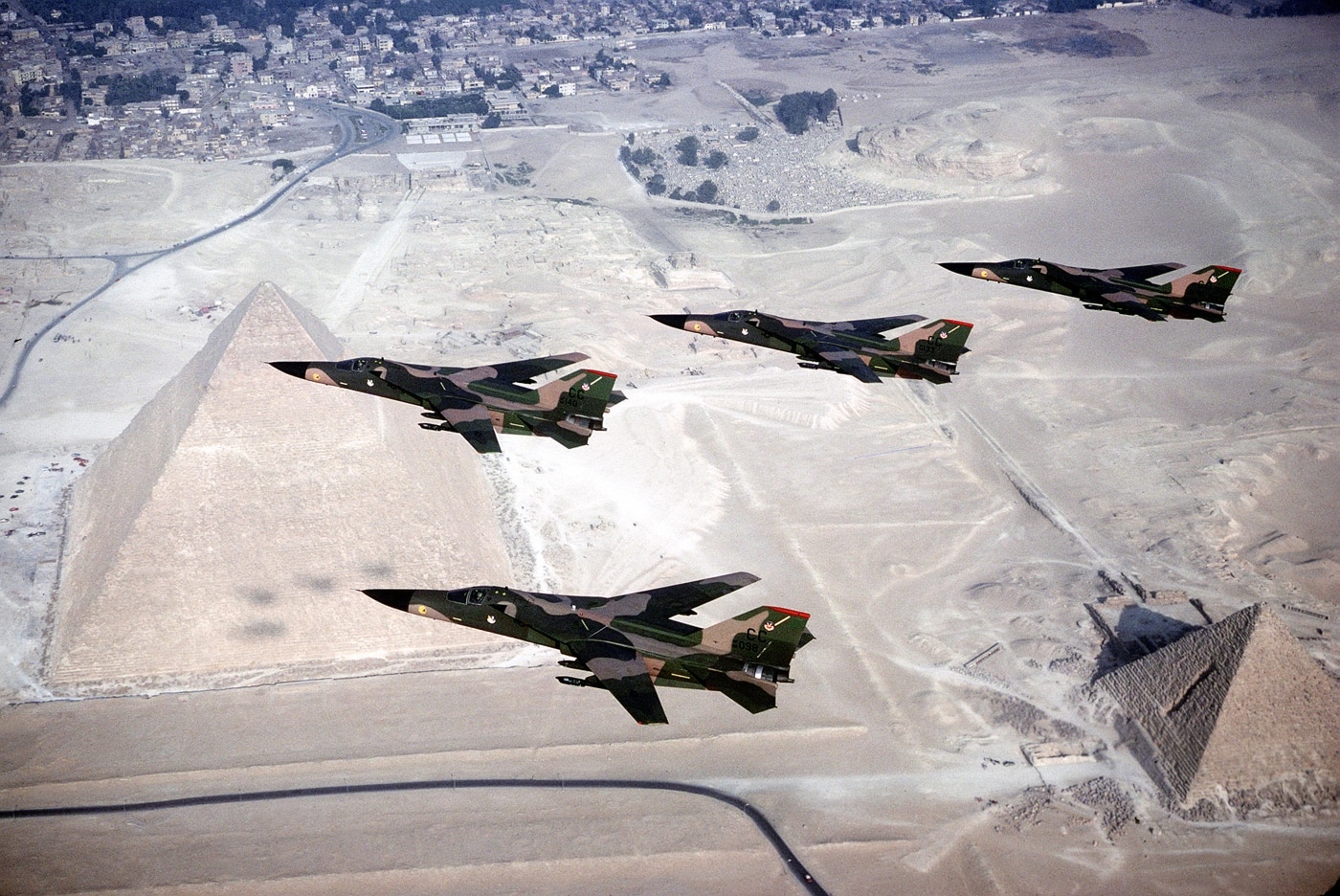
The strike package successfully delivered 60 tons of ordnance in 12 minutes. One F-111 was lost, presumably to combat action, but El Dorado Canyon took Gaddafi off the world stage for a generation. However, the reason the mission was so long was surprising.
It would have been much more direct to have flown straight from the UK to Libya, but that would have involved flying across France. The French could not see their way clear to authorize that transit, so our flight crews were stuck in those cramped cockpits for 13 hours straight while they circumnavigated to the south. The targets were hit, around sixty Libyans died in total in the attack, and the F-111 had shown it could deliver when it counted.
Editor’s Note: Please be sure to check out The Armory Life Forum, where you can comment about our daily articles, as well as just talk guns and gear. Click the “Go To Forum Thread” link below to jump in and discuss this article and much more!
Join the Discussion
Continue Reading
Did you enjoy this article?

 208
208





